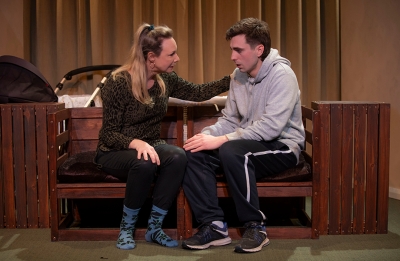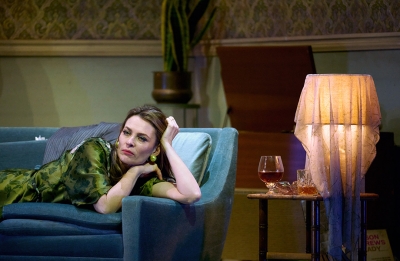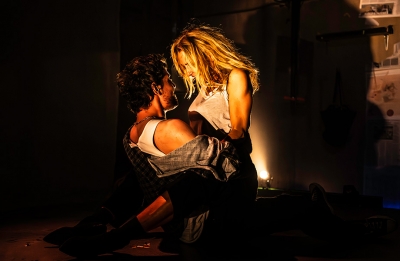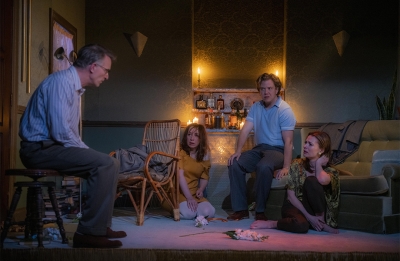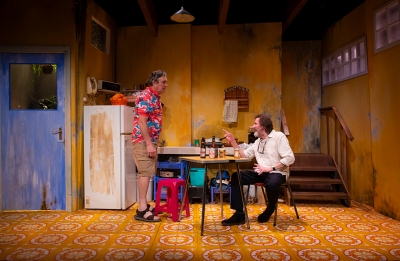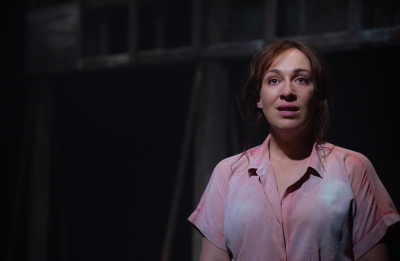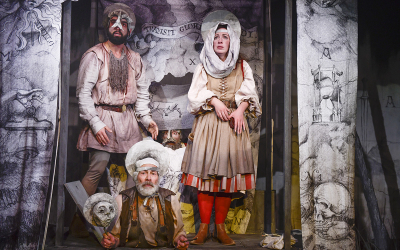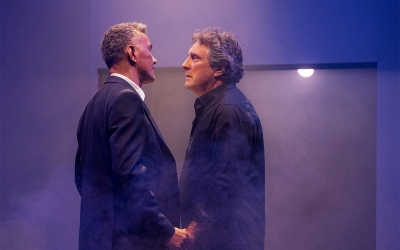Red Stitch Actors Theatre
The contrast could hardly be more stark. Late last year, Red Stitch’s production of Edward Albee’s play Who’s Afraid of Virginia Woolf?, directed by Sarah Goodes, began life at the company’s eighty-seat theatre nestled in East St Kilda. It sold out, became the talk of the town, and attracted positive reviews. Usually, that’s how things end.
... (read more)Addiction is the third wheel in many a stage relationship. Plays such as Eugene O’Neill’s Long Day’s Journey Into Night (1956), J.P. Miller’s Days of Wine and Roses (1958), and Edward Albee’s Who’s Afraid of Virginia Woolf? (1962) examine the ways in which addiction – whether to alcohol, morphine, or even love – offers a heady sense of ‘something’ where once there seemed to be nothing at all.
... (read more)Since its sensational début on Broadway more than sixty years ago, Edward Albee’s Who’s Afraid of Virginia Woolf? has become an enduring classic of the modern American canon. Its depiction of warring middle-aged couple Martha and George, and their drawing of young couple Honey and Nick into the gravitational field of the savage, alcohol-fuelled contretemps their marriage has become, remains a perennial favourite of the English-speaking theatre. Like moths, actors of a certain vintage are drawn to its bright flame, which shone never more brightly than in the superlative 1966 film adaptation directed by Mike Nichols, with Elizabeth Taylor and Richard Burton in the starring roles.
... (read more)Dan Lee’s first play, Bottomless, premièred at fortyfivedownstairs in 2018 after receiving the last R.E. Ross Trust award four years previously. Critics drew attention to the unusually star-studded cast for a début – Mark Coles Smith, Julie Forsyth, Jim Daly, Alex Menglet, Uncle Jack Charles – but its depiction of the residents of a dry-out facility in Broome garnered a mixed reception. The effect of Lee’s writing, wrote Tim Byrne typically, ‘may be unwieldy and overstuffed, but at least it feels rich. At least it has ambition.’
... (read more)It opens outside the tiny wooden box that is Red Stitch’s St Kilda home; the actors come towards us with torches blazing, in medieval masks. What follows is a brief pageant, a morality play that breaks down when one of the players falls victim to a mysterious pestilence – although it’s clear from the catch in the other actors’ voices that this contagion is not entirely unexpected. The actor drops, and his sister must be wrenched from his fallen body before she too succumbs. The plague is about, and all anyone can do is run.
... (read more)Not long into Will Arbery’s Heroes of the Fourth Turning a character brings out an acoustic guitar and is asked to play a song. He chooses Townes Van Zandt’s ‘Nothin’’, a melancholy ballad pulled from the annals of American folk music. When it was released in 1971, many assumed it represented Van Zandt’s struggle with drug addiction. In fact, as he explained two years before his death, the song was inspired by Nikos Kazantzakis’s The Last Temptation of Christ, a novel banned by the Catholic Church in 1955 for representing a Christ figure prone to human fallibilities.
... (read more)A Buddhist prayer wheel is a cylinder stuffed with sacred mantras and set on a spindle. Turning the cylinder is supposed to produce the same benefit as chanting the texts aloud. For true believers, contemplation of the endless turning of the wheel can be an aid to meditation and a way of drawing nearer to enlightenment. In nineteenth-century Europe, however, the wheel – dismissed by missionaries as a prayer machine – became a popular symbol for the withering effects of technology on the soul: an image of a hand-held mechanical device elevated to the medium of spiritual agency.
... (read more)
